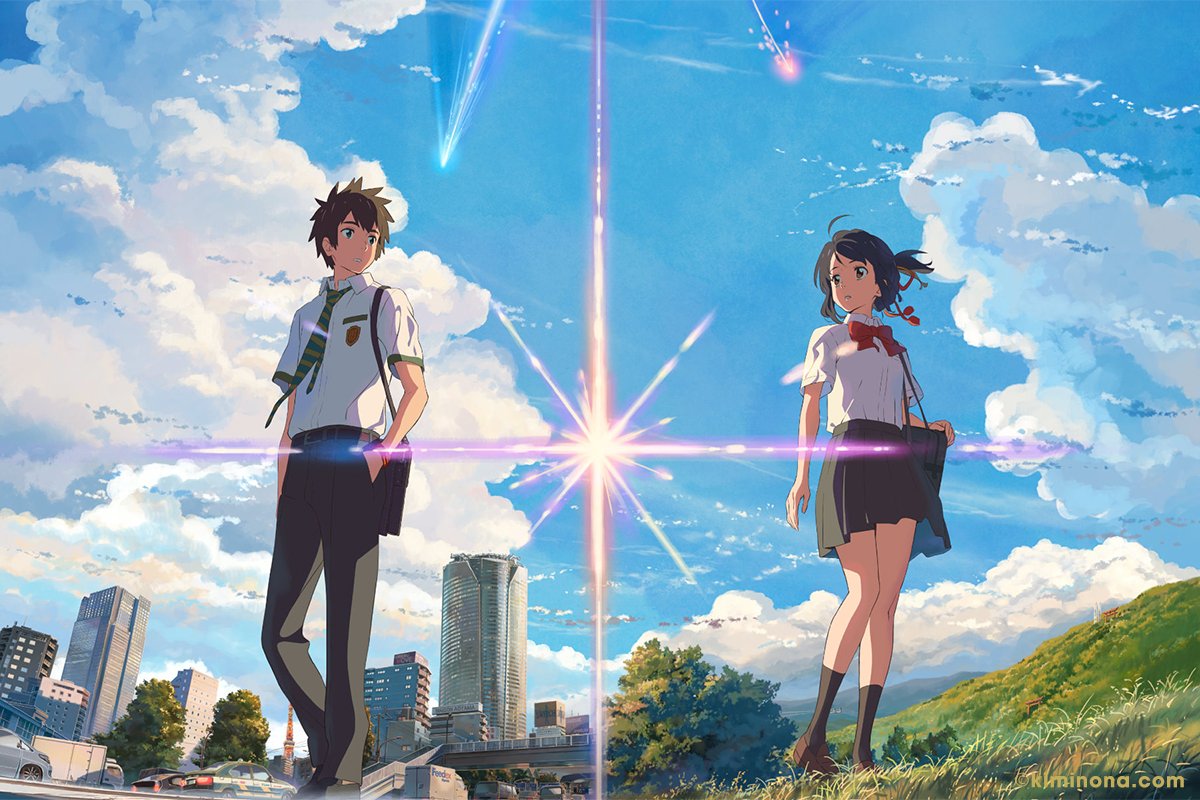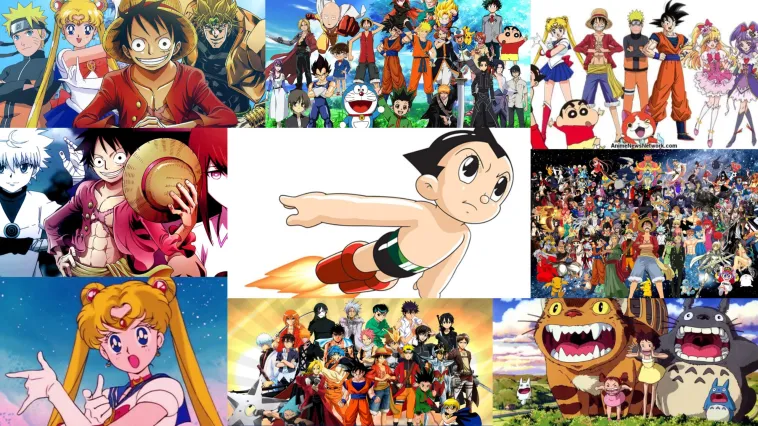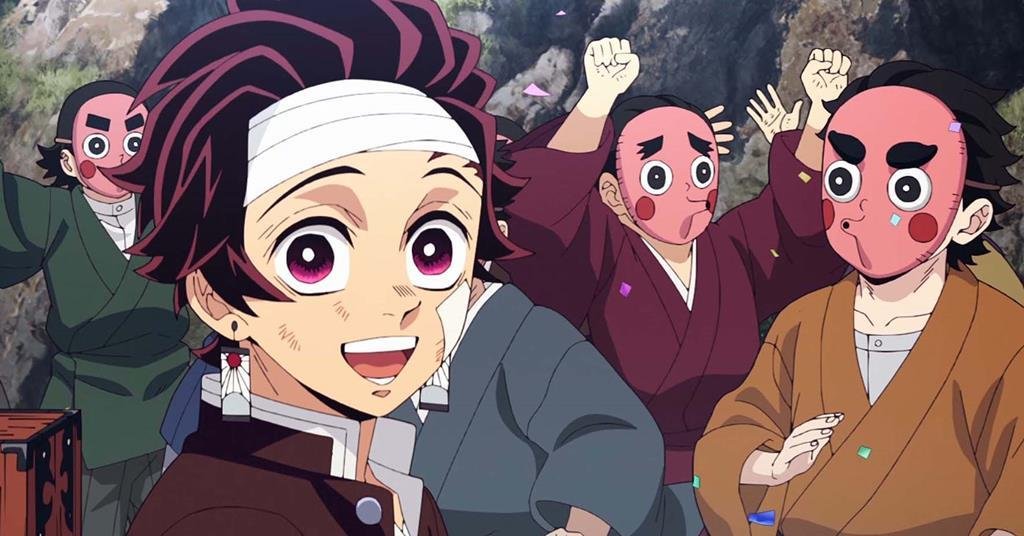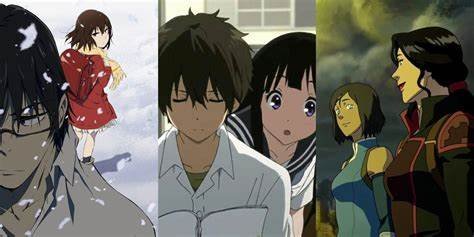Japanese anime films have undergone a remarkable evolution, transitioning from early classics to modern masterpieces that captivate audiences worldwide. This article explores the journey of Japanese anime, highlighting key milestones and influential works that have shaped its development.
Early Beginnings and Pioneering Works
The origins of Japanese anime can be traced back to the early 20th century, with influences from Western animation and local artistic traditions. One of the earliest anime films is Namakura Gatana (1917), a silent film by Jun’ichi Kōuchi. This short silent comedy, while simple by today’s standards, laid the groundwork for the anime industry.
In the 1960s, Osamu Tezuka, often referred to as the “God of Manga,” played a crucial role in shaping modern anime. His work Astro Boy (1963) introduced many of the stylistic and narrative elements that would become staples of anime. Tezuka’s innovative storytelling and character design set the stage for future developments in the genre.
The Rise of Studio Ghibli and Its Impact
The 1980s and 1990s marked a significant turning point in the evolution of anime films with the establishment of Studio Ghibli. Founded by Hayao Miyazaki and Isao Takahata, the studio produced some of the most influential and beloved anime films in history.
My Neighbor Totoro (1988), directed by Miyazaki, exemplifies the studio’s focus on imaginative storytelling and beautiful animation. The film’s portrayal of childhood wonder and environmental themes resonated with audiences and established Studio Ghibli as a major force in the anime industry.
Another notable work from Studio Ghibli is Spirited Away (2001), which won the Academy Award for Best Animated Feature. The film’s rich world-building, complex characters, and exploration of identity and transformation set a new standard for anime and introduced it to a global audience.
Technological Advancements and New Directions
The turn of the 21st century saw significant technological advancements that impacted anime production. Digital animation techniques and CGI began to complement traditional hand-drawn methods, allowing for more dynamic and visually stunning films.
One example of this technological shift is Akira (1988), directed by Katsuhiro Otomo. The film’s groundbreaking animation and futuristic setting were enhanced by the use of digital techniques, making it a landmark in anime history. Akira’s influence extends beyond Japan, impacting global cinema and popular culture.
Similarly, Makoto Shinkai’s Your Name (2016) showcases the blend of traditional and modern animation techniques. The film’s stunning visuals and emotionally resonant story about love and destiny garnered international acclaim and broke box office records, highlighting the evolving capabilities of anime.
Contemporary Trends and Global Influence
In recent years, anime films have continued to push creative boundaries and explore new themes. Directors like Mamoru Hosoda and Satoshi Kon have contributed to the genre with innovative works. Hosoda’s The Girl Who Leapt Through Time (2006) and Summer Wars (2009) blend science fiction with heartfelt narratives, while Kon’s Paprika (2006) explores the intersection of dreams and reality with striking visuals and complex storytelling.
The global influence of anime has grown significantly, with films and series gaining popularity beyond Japan. Streaming platforms like Crunchyroll and Netflix have expanded the reach of anime, making it accessible to a wider audience and fostering international fan communities.
Future Directions and Continuing Innovation
The future of Japanese anime films promises continued innovation and exploration. As technology advances and storytelling techniques evolve, anime creators are likely to experiment with new formats and genres. The integration of virtual reality and interactive elements could open new avenues for immersive experiences.
Additionally, the increasing recognition of anime in global film festivals and award circuits highlights its growing impact on the international stage. As anime continues to captivate audiences and influence filmmakers worldwide, its role in the global film industry will undoubtedly expand.
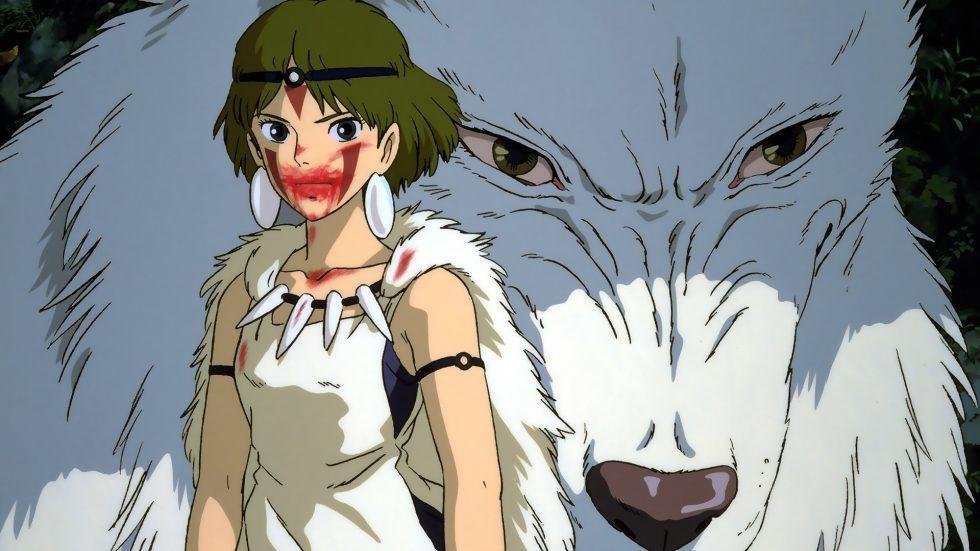
Conclusion
The evolution of Japanese anime films reflects a rich history of creativity and innovation. From early classics to modern masterpieces, anime has continually adapted and grown, shaping and being shaped by global trends. As the genre continues to evolve, it will undoubtedly continue to captivate audiences with its unique storytelling and artistic vision.







